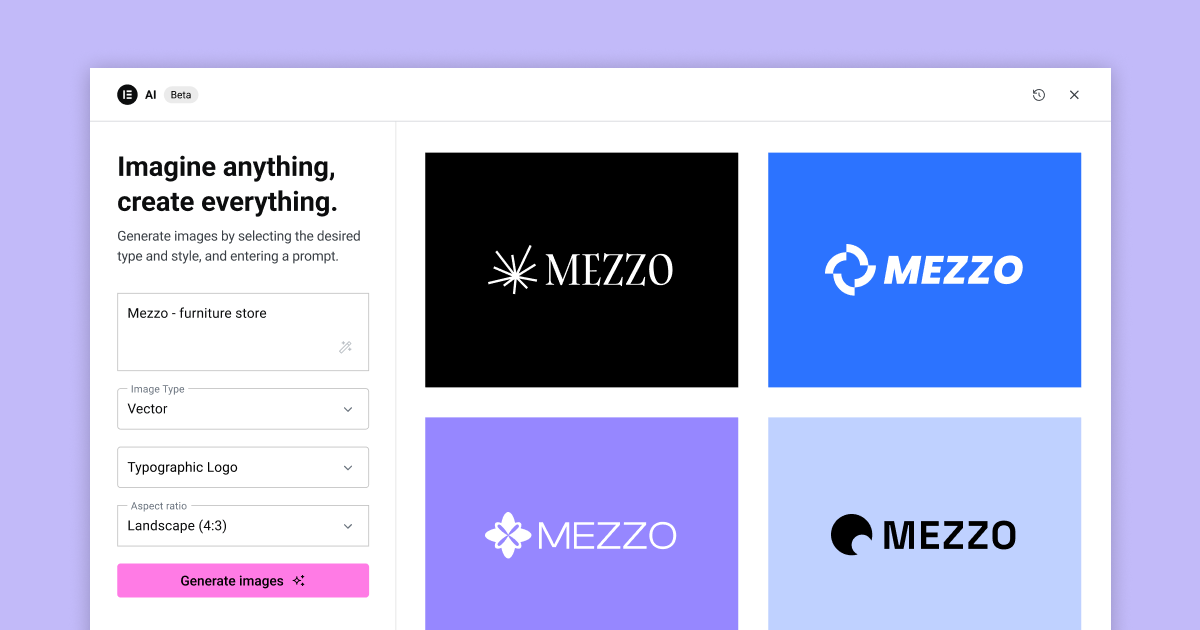
Elementor AI: Complete Buyer's Guide
WordPress-native AI landing page builder
Elementor AI positions itself as the WordPress-native AI landing page builder designed specifically for marketing teams seeking AI-powered design automation within existing WordPress workflows.
Market Position & Maturity
Market Standing
Elementor AI occupies a specialized niche within the rapidly expanding AI landing page builder market, positioning as the WordPress-native solution rather than competing directly with platform-agnostic enterprise alternatives.
Company Maturity
Competitive maturity assessment reveals Elementor AI as an emerging player focused on integration efficiency rather than advanced autonomous optimization.
Growth Trajectory
Growth trajectory indicators align with broader AI adoption trends, where 73% of marketing teams now use generative AI tools[55][56].
Industry Recognition
Industry recognition appears limited compared to established players, with research suggesting significant variation in vendor AI capabilities across the market[6][8].
Longevity Assessment
Long-term viability depends on WordPress ecosystem stability and continued AI capability development.
Proof of Capabilities
Customer Evidence
A documented SaaS company case study shows reducing landing page creation from 5 days to 2 hours using Elementor AI, subsequently boosting campaign volume by 40%[52].
Quantified Outcomes
Performance metrics consistently show up to 75% faster page creation versus manual design processes, with individual page completion achievable in under 2 hours compared to traditional methods[52][54].
Case Study Analysis
Customer implementation evidence demonstrates measurable efficiency gains across WordPress-dependent organizations.
Market Validation
Market validation aligns with broader AI adoption trends, where Adobe testing confirms AI-generated content achieves 25-30% higher engagement rates compared to manually created alternatives[55].
AI Technology
Elementor AI's technical foundation centers on WordPress-native integration with contextual AI generation capabilities that distinguish it from platform-agnostic alternatives.
Architecture
The architecture leverages WordPress's existing infrastructure while adding AI-powered enhancement layers.
Primary Competitors
Primary competitors include Unbounce, HubSpot, and Instapage.
Competitive Advantages
Competitive advantages concentrate in WordPress integration depth and budget accessibility.
Market Positioning
Market positioning establishes Elementor AI as a WordPress-specialized solution rather than a universal landing page optimizer.
Win/Loss Scenarios
Win/loss scenarios favor Elementor AI for WordPress-committed organizations seeking AI-enhanced design efficiency at accessible pricing.
Key Features

Pros & Cons
Use Cases
Pricing
Featured In Articles
Comprehensive analysis of AI Landing Page Builders for AI Marketing & Advertising for AI Marketing & Advertising professionals. Expert evaluation of features, pricing, and implementation.
How We Researched This Guide
About This Guide: This comprehensive analysis is based on extensive competitive intelligence and real-world implementation data from leading AI vendors. StayModern updates this guide quarterly to reflect market developments and vendor performance changes.
59+ verified sources per analysis including official documentation, customer reviews, analyst reports, and industry publications.
- • Vendor documentation & whitepapers
- • Customer testimonials & case studies
- • Third-party analyst assessments
- • Industry benchmarking reports
Standardized assessment framework across 8 key dimensions for objective comparison.
- • Technology capabilities & architecture
- • Market position & customer evidence
- • Implementation experience & support
- • Pricing value & competitive position
Research is refreshed every 90 days to capture market changes and new vendor capabilities.
- • New product releases & features
- • Market positioning changes
- • Customer feedback integration
- • Competitive landscape shifts
Every claim is source-linked with direct citations to original materials for verification.
- • Clickable citation links
- • Original source attribution
- • Date stamps for currency
- • Quality score validation
Analysis follows systematic research protocols with consistent evaluation frameworks.
- • Standardized assessment criteria
- • Multi-source verification process
- • Consistent evaluation methodology
- • Quality assurance protocols
Buyer-focused analysis with transparent methodology and factual accuracy commitment.
- • Objective comparative analysis
- • Transparent research methodology
- • Factual accuracy commitment
- • Continuous quality improvement
Quality Commitment: If you find any inaccuracies in our analysis on this page, please contact us at research@staymodern.ai. We're committed to maintaining the highest standards of research integrity and will investigate and correct any issues promptly.